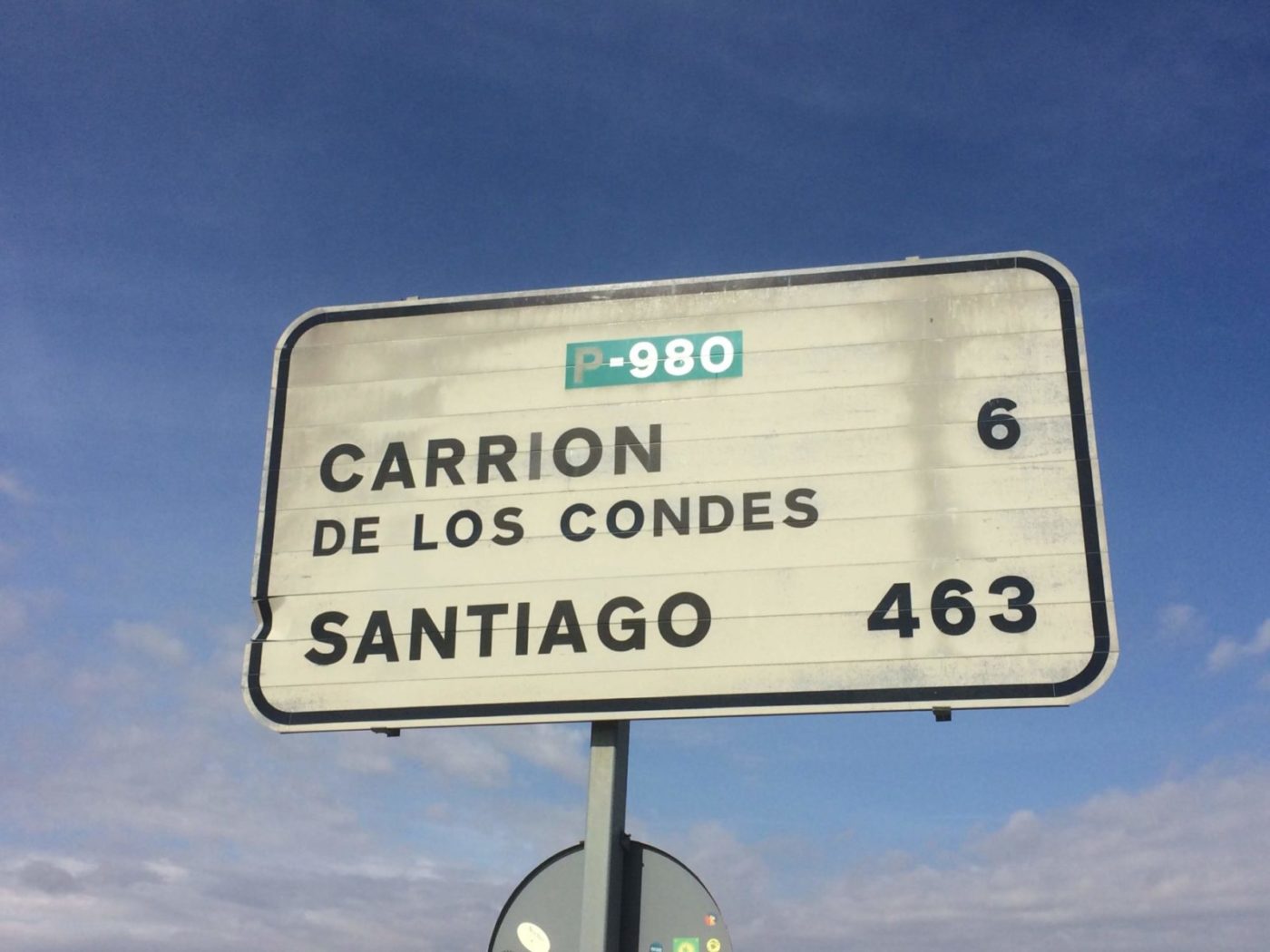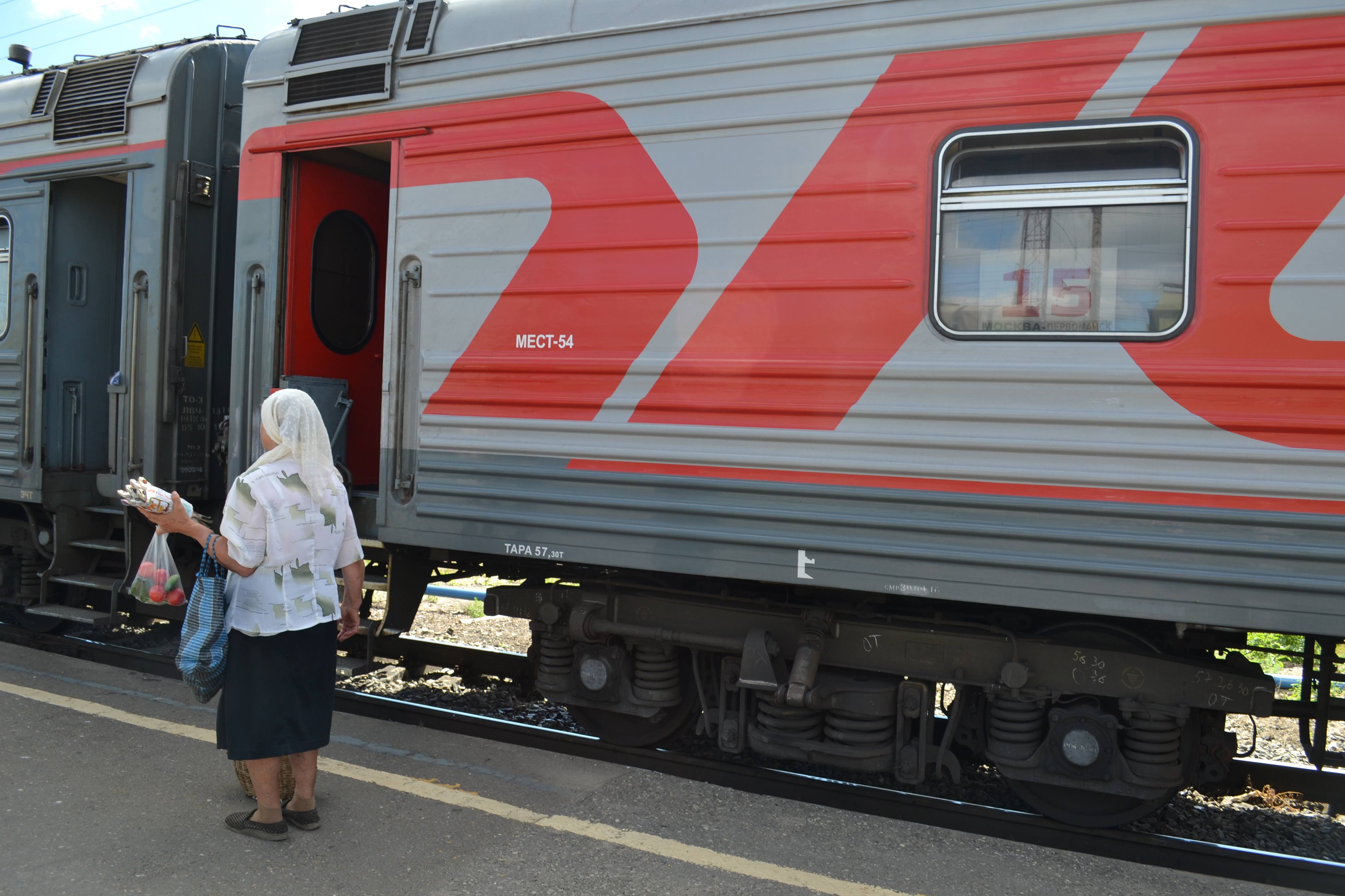
The yellow bastion
“For instance, if I were at the market I would pickpocket someone else, not you! Everyone knows that Italians don’t like rules and are suspicious, so I would go for someone else!” said our host. “Take the Swedish, for instance! They are so naive, and much easier targets! Ha ha ha ha ha!”
Entering Bosnia and Herzegovina
Our first day in Sarajevo did not start off too bad: for the first time ever, our plane took off almost at 10 in the morning, which is an astonishing 4 hours later than usual. Sleeping is (and I believe most of the Italians would agree with me) almost as important as oxygen and WiFi, thus when we pretended to wake up and took the bus to the airport at the first light of dawn, instead of in the heart of the night as usual, we were sure that this would have been a wonderful beginning of an absolutely problem-free journey in the war-torn country of Bosnia and Herzegovina.
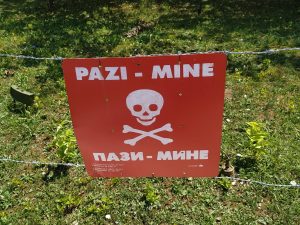
We dread taxi drivers as much as tax paying day, and since our budget for the World Trip is going to be quite minimalistic, we decided to make the trip around Bosnia and Herzegovina as cheap as possible. And when your first attraction is only a few of kilometers away from your current location, what is the problem of taking a hike, bags on the backs?
Around a couple of short hours later, 40+ celsius degrees and a level of humidity pleasant enough for an hippopotamus, we finally reached the Tunnel of Hope. Situated in the village of Butmir (a bunch of houses, two grocery shops, many shisha bars), it connected Sarajevo with the rest of the Bosnian Free territories, while the Serbian army laid siege on the city for almost four years. It extended right under the airport, occupied by the NATO, and provided food, aid and weaponry to the population until the end of the conflict. The other head of the tunnel was situated somewhere in the village of Dobrinja, which is closer to the city, hence the codename “DB”. It was also the only way out for the civilians, as the orders for the allied forces were “nobody leaves” and for the surrounding Serbs were “nobody lives”.
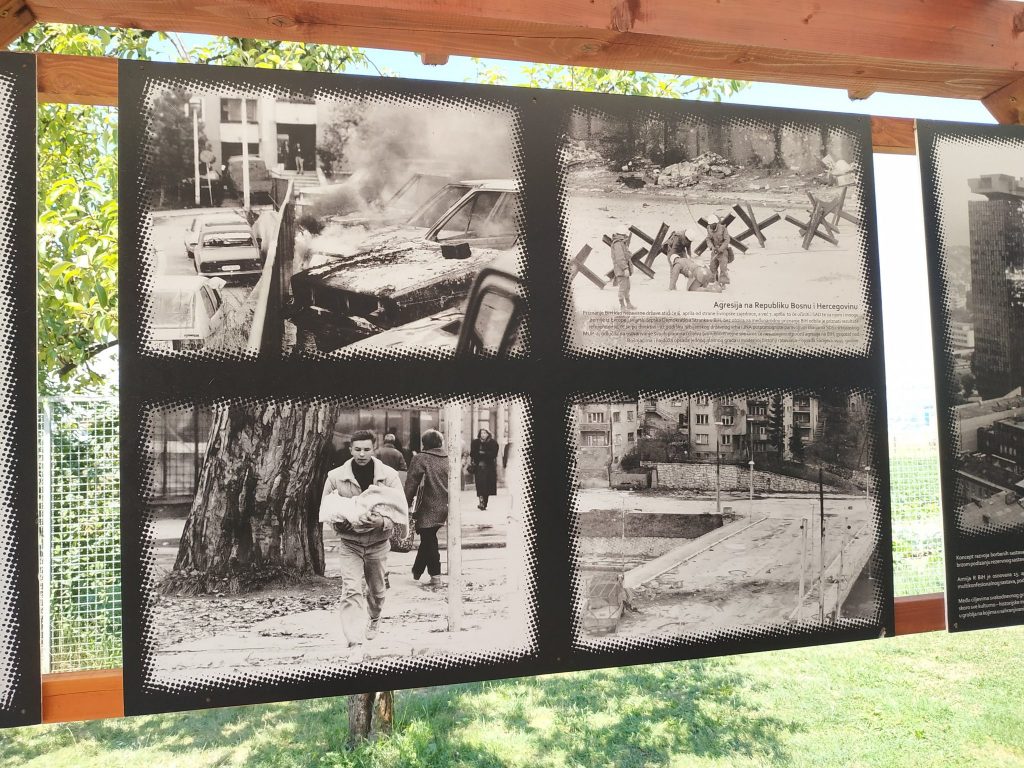
Strolling into town
By the time we left the Tunnel our bottles of water were crying for mercy, and with the fear that our body functions could shut down at any moment, we took a very bold decision: we reached the “near” tram station, and got a ticket for the city center of Sarajevo.
After realising that our stop would not have been the shopping mall “City Center” but the more local friendly Baščaršija, we could start our hike toward that oasis of salvation which was our Bed & Breakfast.

To our close-to-collapse body’s pleasure and surprise, we discovered that Sarajevo is laid upon a series of hills, turning what was supposed to be a nice walk to our B&B into a biblical hike between broken roads and reckless drivers, with the fancy company of a merciless sun and our old, trusty backpacks, which made sure our backs would receive no ventilation at all during the journey.
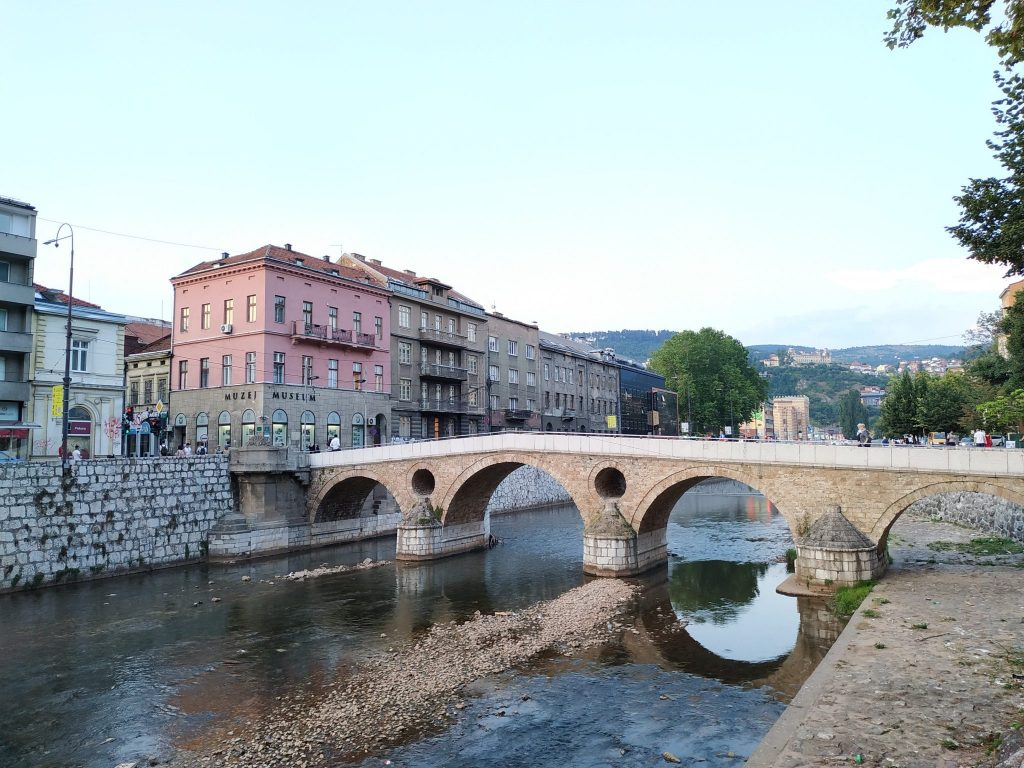
But at long last, we finally made our way to the B&B, a pretty little house, obviously on a hill, with a second floor converted into a small hotel. We got welcome by our host and invited for a little tea & chit chat, with all the mandatory questions who are you, where are you from, ah yes working is awful and traveling is awesome, let me tell you something about pickpocketing tourists.
Apparently, Italians do have a reputations for being cunning and generally allergic to rules, and this makes them somewhat more alertive during their trip than the more law abiding citizens, specifically the kind hearted Swedish.

The little Jerusalem
After a little power nap and a double check of our valuables and their safe allocations, we were finally ready for a good round of exploration of Sarajevo.
It was a gut-driven tour, rather than somethig meticoulously organised, mostly because we got pretty hungry by then. Down the old market we found immediately what we strongly needed: shops upon shops of delicious, unique Balkan food, small gems of bakery art with an amount of taste and carbohydrates value powerful enough to lift your soul above heaven, just like your cholesterhol levels.
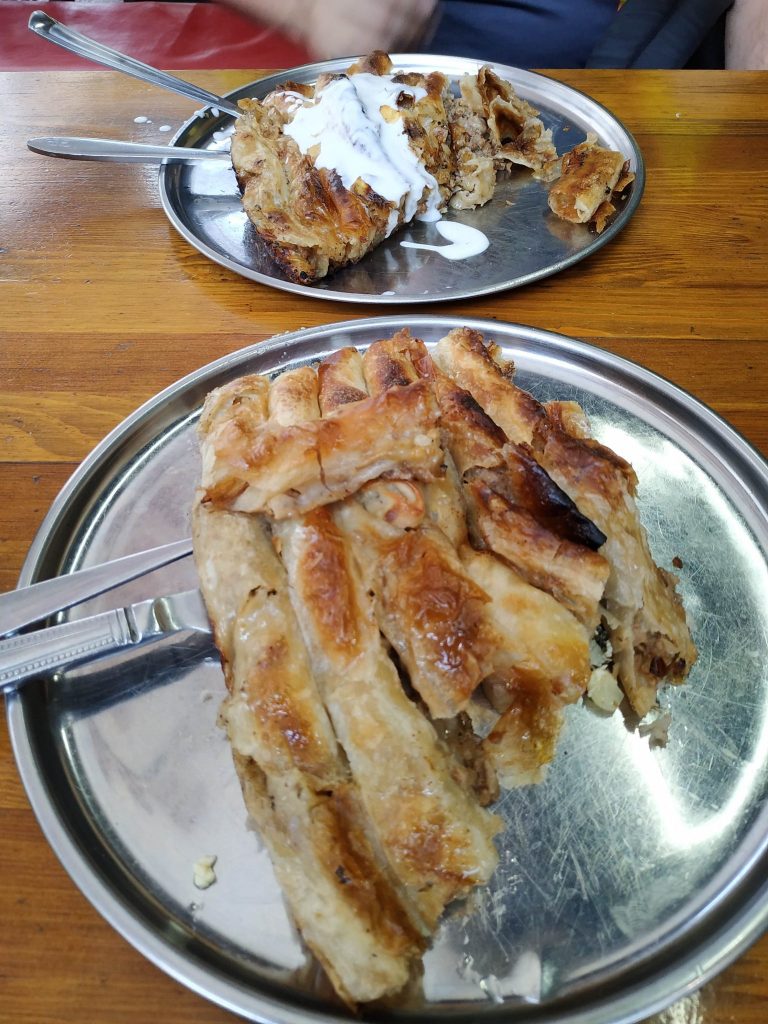
One shameless feast and a Bosnian coffee later we embarked on our less gut-driven tour, a two -part, historical treasure hunt more specifically.
Sarajevo is home of a pletora of religious building of all kinds: minarets stand tall across the entire city, and synagogues can be found everywhere next to churches of this or that christian orientation. Bosnia – Herzegovina has been part of the Ottoman empire for four centuries, hence the great percentage of muslim believers in the city, and the splendor of the last mosques from the past centuries makes them a great target for a city rally.


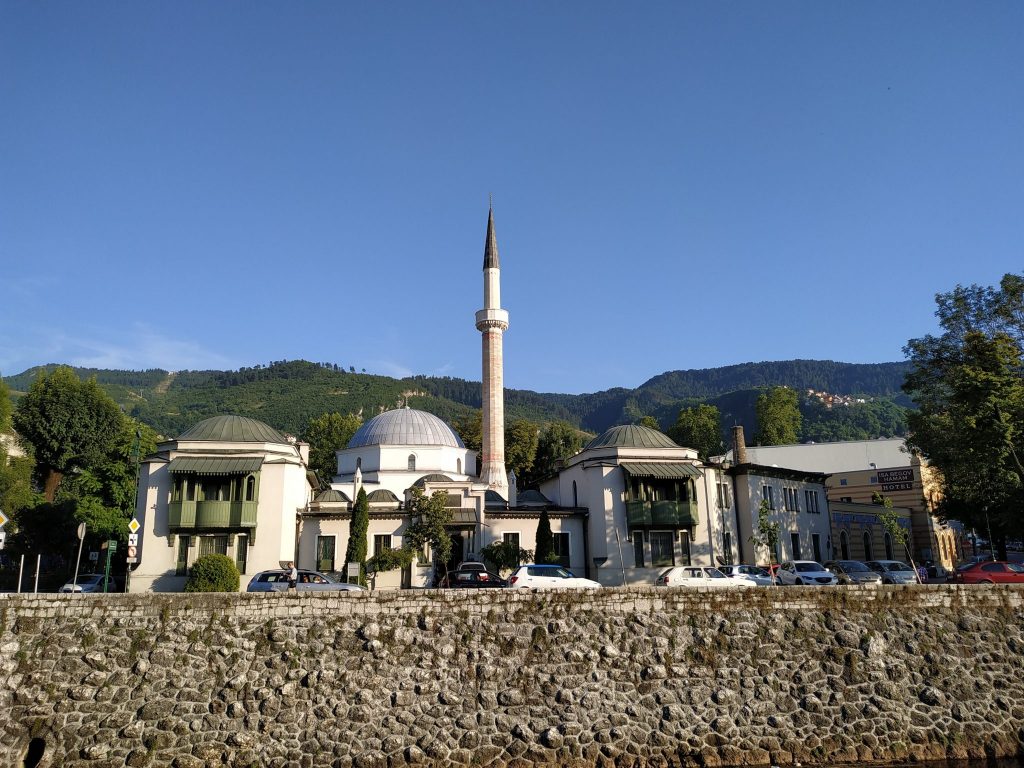
The second part of our treasure hunt was more “eyes to the ground”, in an attempt to find as many as we could of the infamous Roses of Sarajevo.
During the four years of conflict, the city got massacred by a daily rain of mortar shells and other explosives, which left a wave of destruction across the streets that still did not get fully repaired and rebuilt upon.
Some of these scars were, however, preserved as monuments: to this day it is possible to see some red painted markings on the concrete, which represent the landing site of the Serbian ammunitions, and a hint of what happened in that exact moment.
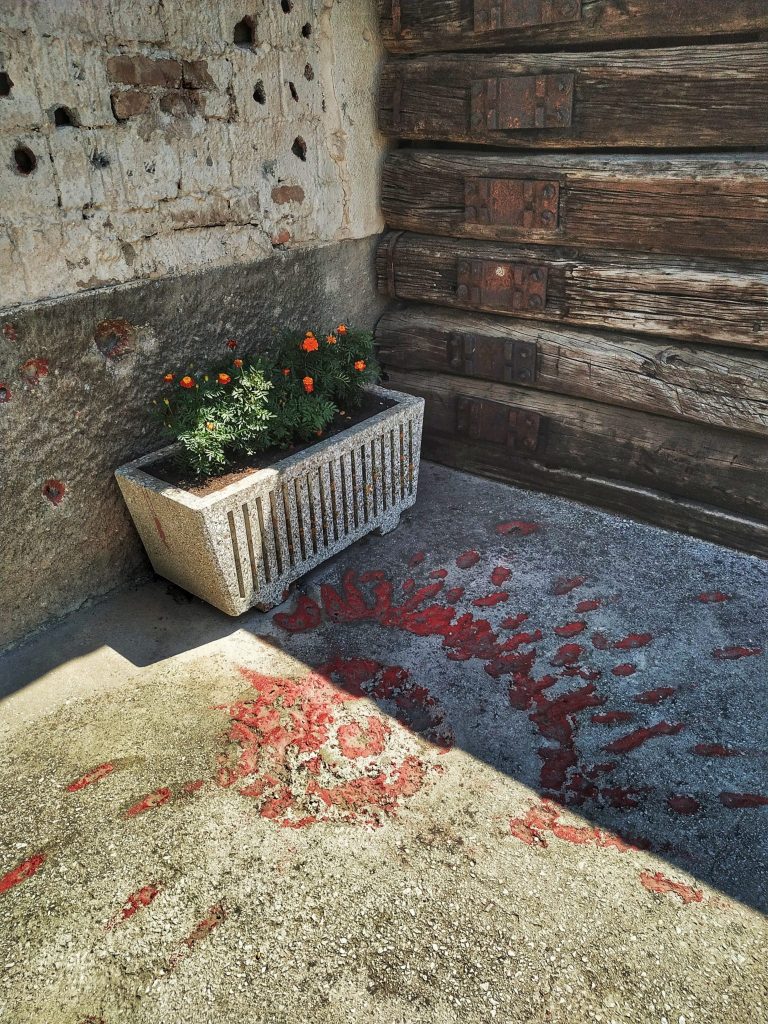
Nightfall
Finally, after a long day of exploration and coffes & bureks, we could start walking uphills without being afraid of turning into a moving puddle of sweat. With the favor of the darkness and a gentle breeze to cuddle us, we could finally embrak on one last adventure for the day.
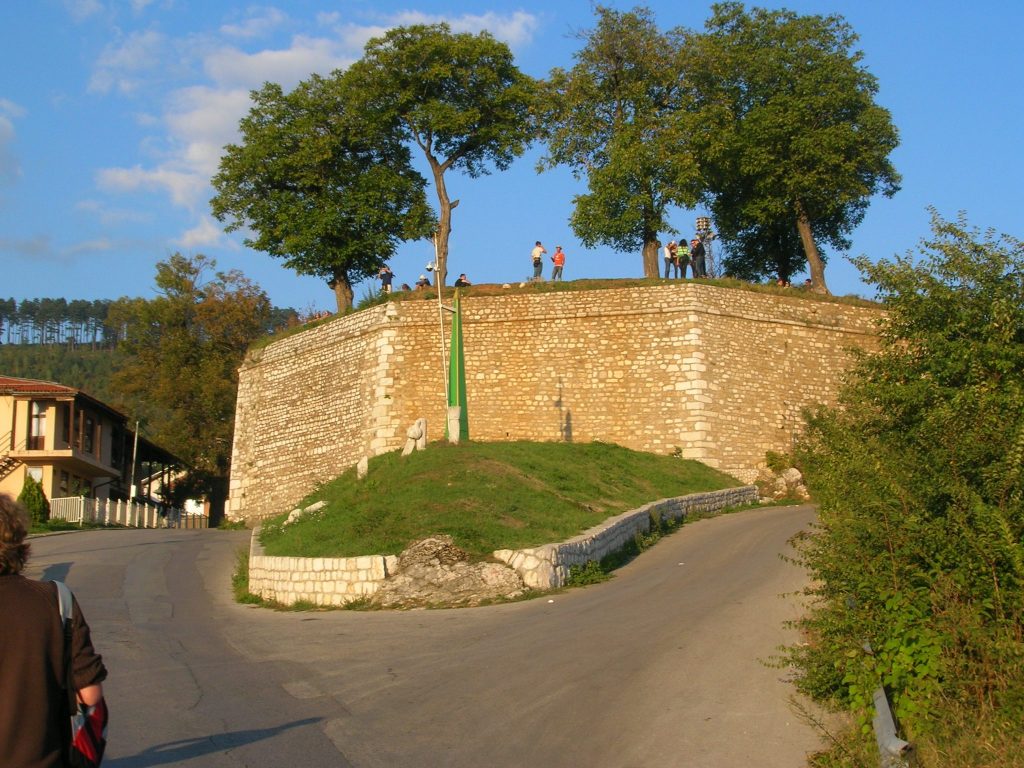
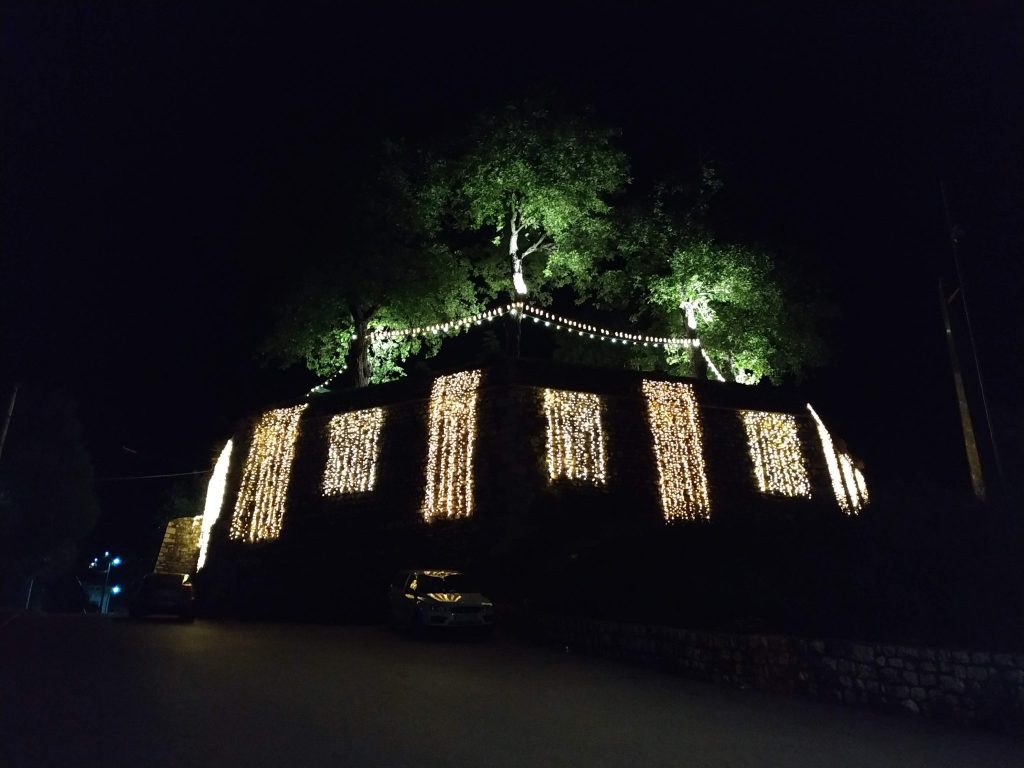
The bastion was built as a defense point against the Austro-Hungarians and was nicknamed “yellow” because of the sandstone used for the construction. Where once were deployed cannons now people go for a drink and a selfie over a very fancy view of the city.
The most direct way to the bastion took us by an derelict house inhabited by the cutest stray cats and kittens, and an immense cemetery of islamic tradition, with two to four white columns to delimitate the beginning and the end of the burial spot. Hundreds of white columns, placed perfectly next to each other on the side of the hill, like a small army of immaculate miniature soldiers.
After a while, our fatigue got very well rewarded.
On top of the bastion we could see the city in the valley and the other settlements scattered across the crown of gigantic mountains which surrounds Sarajevo, all together forming an unbroken chain of multicolored light, like a swarm of soapy bubbles stuck on the ground.
Not even thirty years ago, the point where I was standing was a most bloody killing zone, and yet in that moment it felt like one of the most peaceful place in the world. A living proof that every wound can be healed and every destruction will be followed by a reconstruction, and with hope and resilience every hardship can be eventually overcome.
Too bad there were no falling stars. But at least there was burek.
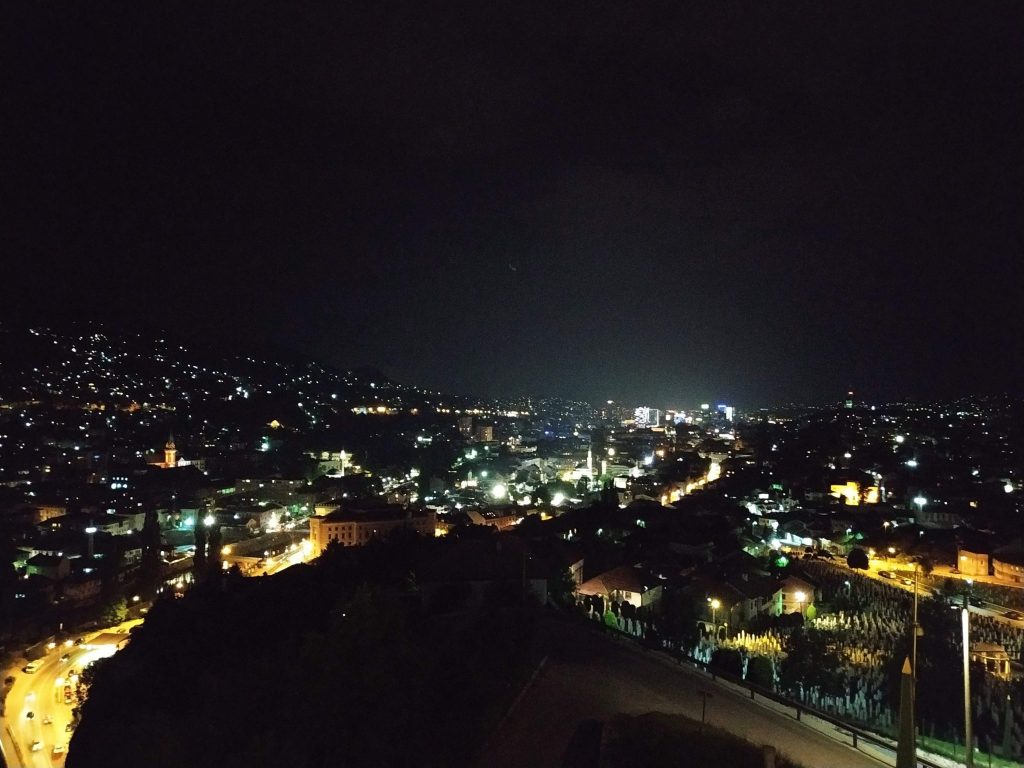
A few more deep reflections and stray kittens later, we walked back to our B&B, and the day was over. With all of our belongings still in their place.
